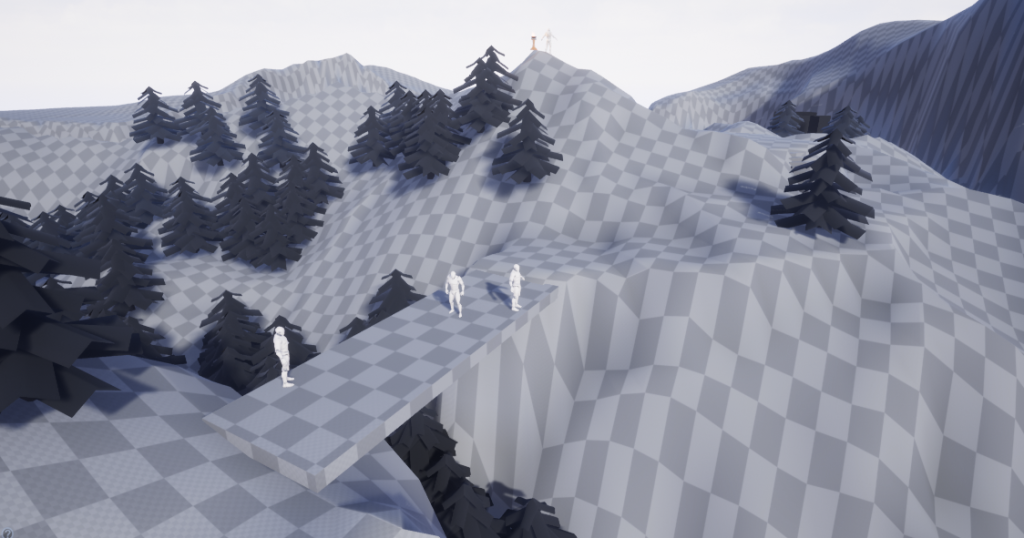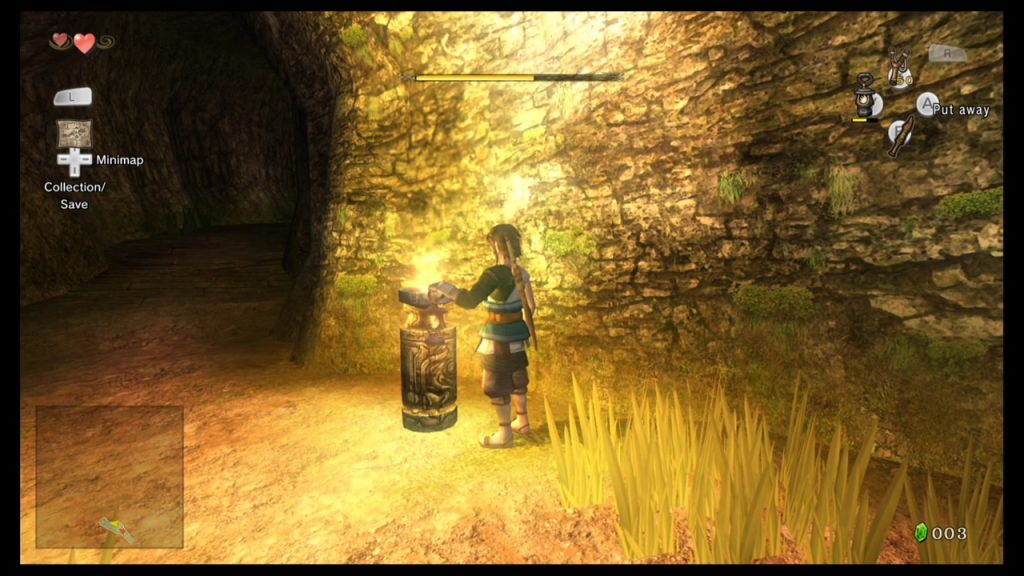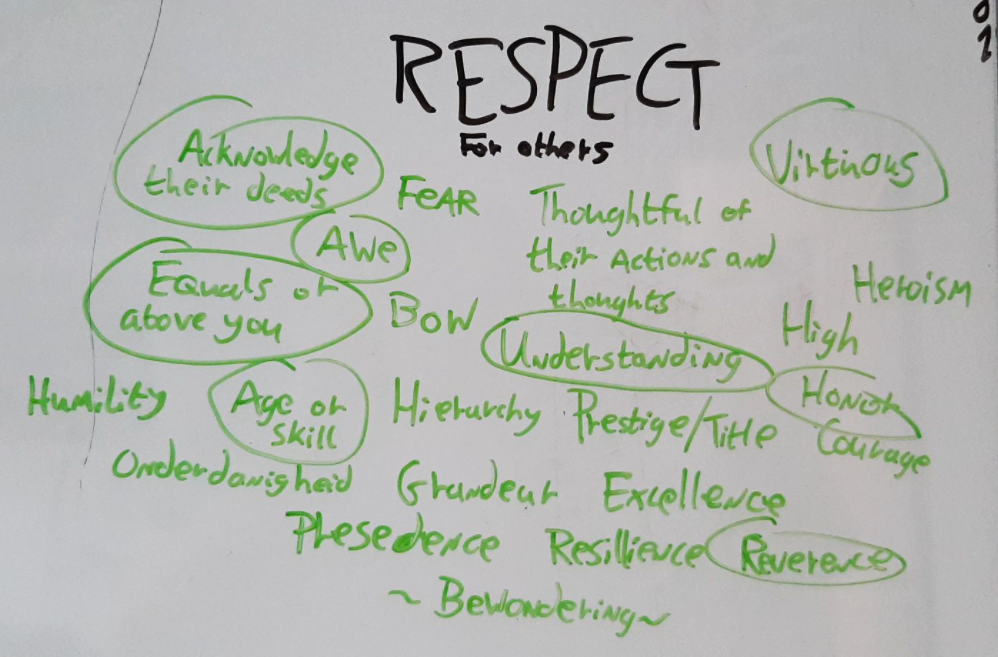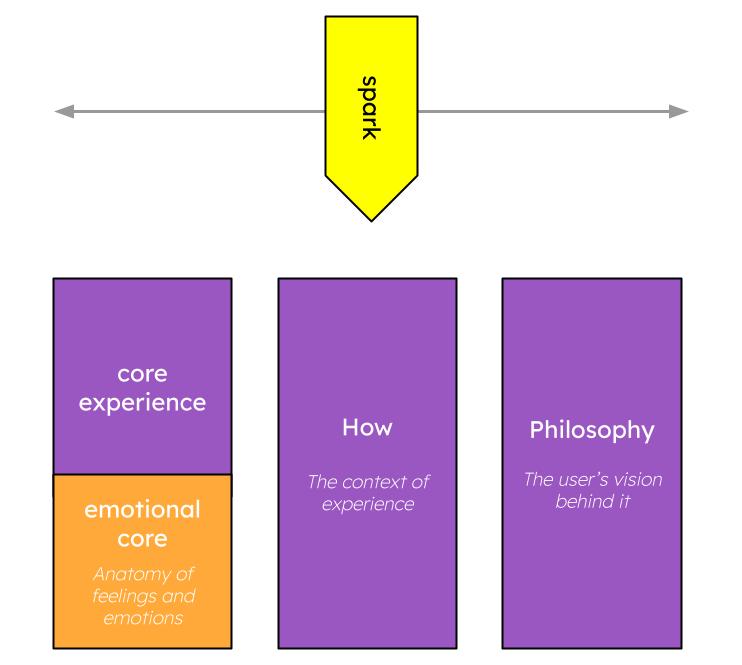"I have a great idea for a game!"
This is often how it starts.
What follows is a production rush; a playable prototype, the sketch of the character, moodboards or a whole list of story-beats. “What is your game about?” -asks a friend with whom you’ve shared your newfound project. The same question soon arises within your team.
The inability of correctly defining and understanding the core experience, can give rise to misaligned visions. This can cause team-confusion, insecurity about the project (killer!), dissonance in the player’s experience, and a loss of studio resources.
(Game) designers have used various frameworks for game cores, pillars or something in-between to help map and stay true to the vision. I’d like to introduce my own version, which takes into account the validity of the experience and puts a greater emphasis on the emotional aspect; game cores, pillars and the spark.

A spark can be literally anything that spurred you to make a game.
The core experience is the simplest and purest experience of your spark that made it so meaningful.
The emotional core defines which emotions and feelings the core experience is made up of.
The how pillar is more specific to the user’s role and actions to reach the core experience.
The philosophy describes the user’s mindset that helps them reach the core experience.
Before we describe the spark or pillars, know there is no set order in which these must be defined. Pillars change a lot, but the core experience must be set before commencing large-scale production.
What is a spark?
What
Games always start with an idea, and that idea was triggered by something you experienced—that is your spark.
Say something happened that took your interest; a flock of birds stunting in the sky, the reason why a specific song got stuck in your head, or the difference between child-like sadness and that of an adult. It doesn’t matter how abstract it is.
Focus, don’t expand
While it might not look like you could base an entire game off of it yet, your mind should not be focusing on that right now. Rather, record your spark, and what made it so meaningful. Capture the birds in a picture, make a voice-note about how suddenly a song got stuck in your head, or fill a whole sheet of paper with opposites between several types of sadness. The most important rule here is to focus, not expand on the idea just yet.
The reason why you must record and focus your spark right away is because as simple as sparks are, they are also very fleeting!
What if I lose the spark?
Feelings are a lot harder to (consciously) record than rational thoughts, especially the less intense kind.

To some people, experiencing a spark is like a lucid dream; clear in the moment, unintelligible when ‘awake’. Often, it is something you feel, not think in the moment.
What is a core experience?
Though a spark can be anything, the core experience you draw from it must be an actual experience, something you can feel.
While some people started off from a spark they felt very clearly, designers are sometimes tasked to craft an experience around something that isn’t emotional. Or, they don’t know what is emotional about their spark.
Say you want to make a game with a certain technology; VR. Why, what is the experience? “Because it is so cool and hot in the market right now.” While its totally fine for a person to think that, a designer cannot be satisfied here. “You put on a helmet and see a completely different world.” -Too broad; many forms of media can achieve this without VR tech. You must dive deeper.
In this specific scenario, it might pay off to interview and observe people who genuinely feel that same way about VR, but with a bit more insight as to what kind of experience they find so meaningful about it: “Immersiveness”, “controlling my character through my own body”, “A sense of power when I smash something to bits using the same motion of my arm!”

From here, it is the designer’s choice which experience to choose. If the responses overlapped a lot, but weren’t quite the same, it might help to ‘spread out’ the emotion. Jot their words on a whiteboard and make a (nested) word web. Or have the respondents interview each other. Take note of what they say drives them in the experience, and distill it to a concise experience.
Extracting the core...
...from the spark 
To be continued!
...from an
existing product 📦
Sometimes, you’ve already begun to create something for a while, and have built features upon features. Maybe, the result is a good-looking and playable game you’ve even built a small community around.
While a large quantity of fun features might have been a good pull-factor, it can be hard to to be a ‘stay’-factor. Unless you have a very good gut feeling of your design, chances are you end up with an incoherent collection of features, leading to no experience. The emotional ride may suffer, and thus the value of your entertainment product. (In the end, your players are the judge of this)
There are two things you can do. Remember, every idea came from a spark. Either you find the original spark and go on a feature-purge, or you analyze the current experience your project has, and find a spark here.
In both scenarios, explore what that spark is, and why it was so meaningful. From there, the process of defining the spark and core is the same as from extracting the core from a spark; (re)build the framework of the pillars, and start anew.
Defining the emotional core
To be continued!
How to [core experience]
To be continued!
Unlocking the player's mindset
To be continued!
